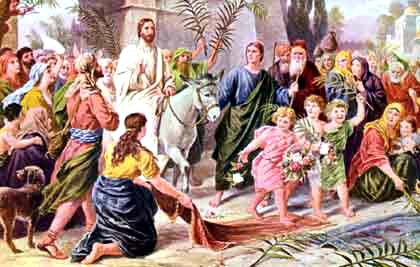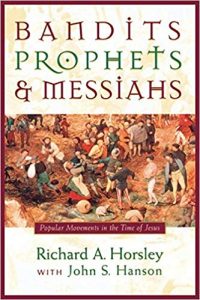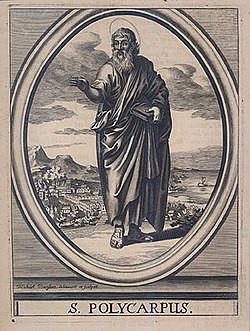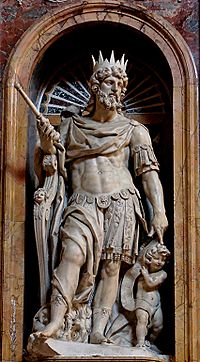
A Jewish professor at the Hebrew University in Jerusalem, Galit Hasan-Rokem, has argued that the Gospels grew out of a Jewish folklore-midrashic tradition. The Gospels are not written as folklore so there are obvious differences. And midrash has a variety of applications, but in general it is a Jewish approach interpretations of the scriptures that can be applied to a number of different literary genres with different purposes and for different audiences. The intent is to inject new meanings into scriptures, often by applying them to newly created stories or new experiences within the Jewish communities.
So the distinctive feature of midrash is a weaving of passages from scripture into stories or commentaries (or other) to explore new meanings for them. I will discuss the nature of midrash more fully in a future post, and will include one of the best explanations/definitions of it that I can find — a small passage by James L. Kugel in his book, In Potiphar’s House: The Interpretive Life of Biblical Texts. This will show more explicitly the extent to which the Gospels have been influenced by Jewish midrashic thought and style.
Thomas L. Brodie wrote a small book demonstrating the way the Gospels structured much of their narratives of Jesus around the stories of Elijah and Elisha, but did not like to use the word midrash. The reason was not because midrash was wrong, but because it was too general to be particularly useful. The gospels needed a narrower definition to capture their nature. But clearly the midrashic ways of Jewish writing are found throughout the Gospels.
Rather than discuss midrash as it was known to ancient Jews and the specific similarities with many features in both the Gospels and epistles of Paul, I will just post “on record” two examples of midrashic literature applied to the folklore genre. They are from Galit Hasan-Rokem’s final chapter in Web Of Life: Folklore and Midrash in Rabbinic Literature in which she discusses three midrashic tales about the Messiah.
This way I will have something online that I can refer to when I do discuss the topic in a little more depth. But remember the following are midrash at work in folklore tales. The Gospels are not the same genre as folklore, but we do find the same midrashic features in them, i.e., retelling old scripture passages and biblical stories in new ways.


 The answer is, I think, no. In this post I quote a few sections from Professor
The answer is, I think, no. In this post I quote a few sections from Professor  3rd post in the series by Roger Parvus. The complete series is archived
3rd post in the series by Roger Parvus. The complete series is archived  Here I look at the argument that the inscription (bytdwd) apparently referring to David (dwd) or the “house of David” in the
Here I look at the argument that the inscription (bytdwd) apparently referring to David (dwd) or the “house of David” in the  James McGrath begins his
James McGrath begins his 
